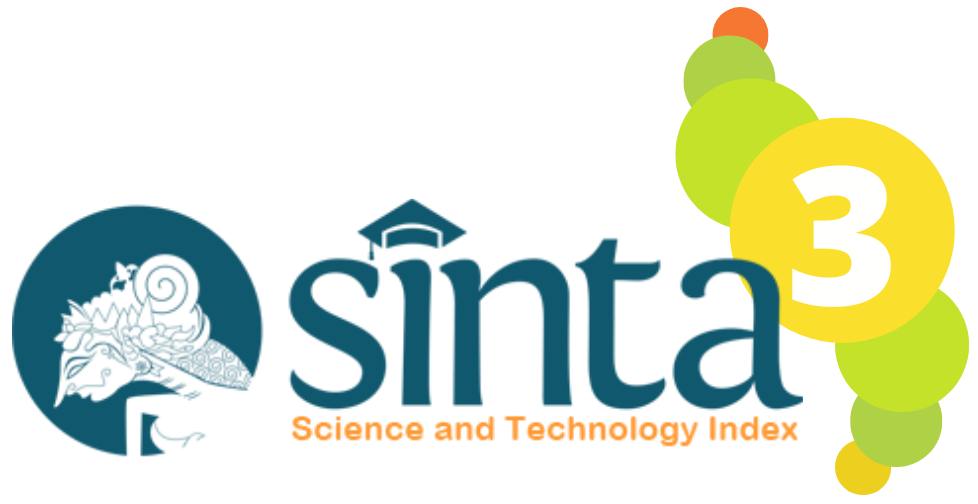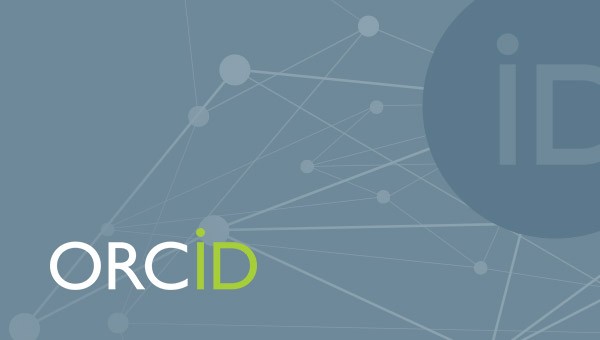Effectiveness of Integrating Focused Listing Formative Assessment in Concept Attainment Models (CAM) Learning in Improving Concept Understanding of High School Students on Sound Waves Material
DOI:
10.29303/jpft.v11i1a.9420Published:
2025-08-19Issue:
Vol. 11 No. 1a (2025): Special IssueKeywords:
Formative Assessment Focused Listing, Concept Attainment Models (CAM), Concept UnderstandingArticles
Downloads
How to Cite
Downloads
Metrics
Abstract
Conceptual understanding is an indicator of success in learning. One fundamental concept in physics that plays an important role is sound waves. However, observations, questionnaires, and interviews show that students' conceptual understanding is still low. This condition indicates the need for learning that not only helps students understand concepts but is also equipped with formative assessment to monitor conceptual understanding. One alternative that can be used is the integration of focused listing formative assessment in Concept Attainment Models (CAM) learning to improve students' conceptual understanding. The purpose of this study is to determine the effectiveness of integrating focused listing formative assessment techniques in Concept Attainment Models (CAM) learning in improving high school students' conceptual understanding of sound waves. The research method used is a quasi-experimental design with a nonequivalent control group design. The research sample involved 65 eleventh-grade students at a public high school in Garut Regency, divided into 35 students in the experimental class and 30 students in the control class. Data collection techniques in this study included concept comprehension tests, focused listing formative tests, and surveys in the form of questionnaires. The results of the study indicate that the integration of formative focused listing assessment techniques in CAM learning is effective in improving students' conceptual understanding of sound wave material, with an increase in conceptual understanding of 61.86% and an effect size of 0.709, which falls into the moderate category.
References
Aiken, L. R. (1985). Three Coefficients For Analyzing The Reliability And Validity Of Ratings. Educational and Psychological Measurement, 45, 131–142. DOI: https://doi.org/10.1177/0013164485451012
Anderson, L. W., & Krathwohl, D. R. (2001). A Taxonomy for Learning, Teaching, and Assessing (A Revision of Bloom’s Taxonomy of Educational Objectives).
Angelo, T. A., & Cross, K. P. (1993). Classroom Assessment Techniques (A Handbook for College Teacher). In KnE Social Sciences (Second). Jossey-Bass Publishers. https://doi.org/10.18502/kss.v7i6.10614 DOI: https://doi.org/10.18502/kss.v7i6.10614
Azizah, H. N., Efendi, R., & Karim, S. (2020). Efektivitas integrasi asesmen formatif concept checks pada pembelajaran fisika dalam meningkatkan kemampuan kognitif siswa SMA. Jurnal Riset dan Kajian Pendidikan Fisika, 7(2), 78. https://doi.org/10.12928/jrkpf.v7i2.17284 DOI: https://doi.org/10.12928/jrkpf.v7i2.17284
Black, P., & Wiliam, D. (1998). Assessment and Classroom Learning’, Assessment in Education: Principles, Policy & Practice. International Journal of Phytoremediation, 21(1), 7–74. https://doi.org/10.1080/0969595980050102 DOI: https://doi.org/10.1080/0969595980050102
Bulunuz, N., & Bulunuz, M. (2017). Effect Of Formative Assessment-Based Instruction On High School Students’ Conceptual Understanding Of Balance And Torque. Journal of Inquiry Based Activities (JIBA), 7(1), 21–33.
Creswell, J. W., & Creswell, J. D. (2018). Research Design Qualitative, Quantitative, and Mixed Metods Approaches. In Writing Center Talk over Time (Fifth). https://doi.org/10.4324/9780429469237-3 DOI: https://doi.org/10.4324/9780429469237-3
Dewi, A. P., Efendi, R., & Sasmita, D. (2021). The Effectiveness of Integrating Feedback Formative Assessment in Enhancing Students ’ Cognitive Ability on Work and Energy. Jurnal Pendidikan Fisika, 10(1), 1–5.
Dewi, S. Z., & Ibrahim, T. (2019). Pentingnya Pemahaman Konsep Untuk Mengatasi Miskonsepsi Dalam Materi Belajar IPA di Sekolah Dasar. Jurnal Pendidikan UNIGA, 13(1), 130–136.
Halliday, D., Resnick, R., & Walker, J. (2005). Fisika Dasar (Ketujuh). Penerbit Erlangga.
Ifrianti, S., Maharani, L., Istihana, I., Komikesari, H., Yusandika, A. D., & Jamilah, S. (2019). The Influence of Concept Attainment Models on Students’ Conceptual Understanding. Journal of Physics: Conference Series, 1155(1). https://doi.org/10.1088/1742-6596/1155/1/012020 DOI: https://doi.org/10.1088/1742-6596/1155/1/012020
Kemdikbudristek, B. (2024). Kajian Akademik Kurikulum Merdeka.
Kilbane, C. R., & Milman, N. B. (2014). Teaching Models Designing Instruction for 21st Century Learners (1 ed., hal. 114–135). Pearson Education.
Kumar, A., & Mathur, M. (2013). Effect of Concept Attainment Model on Acquisition of Physics Concepts. Universal Journal of Educational Research, 1(3), 165–169. https://doi.org/10.13189/ujer.2013.010304 DOI: https://doi.org/10.13189/ujer.2013.010304
Nova, N. R., Fakhruddin, & Yennita. (2020). Analysis Understanding of Concept in Sound Wave Materials and Light Waves in Class XI Senior High School Students Tampan Pekanbaru. Jurnal Geliga Sains: Jurnal Pendidikan Fisika, 8(1), 33. https://doi.org/10.31258/jgs.8.1.33-41 DOI: https://doi.org/10.31258/jgs.8.1.33-41
Novitasari, D., Salam, A., & Haryandi, S. (2024). Analisis Pemahaman Konsep Fisika Peserta Didik dengan Certainty of Response Index (CRI) Materi Gelombang Bunyi. AMPERE Journal of Physics Education, 1(1).
Ramdhani, L. I., Triana, D. D., & Madani, F. (2024). Enhancing Student Learning Outcomes through Formative Assessment : A Systematic Literature Review. 29(3), 529–536. DOI: https://doi.org/10.23887/mi.v29i3.89840
Sari, I. P., Mustikasari, V. R., & Pratiwi, N. (2019). Pengintegrasian penilaian formatif dalam pembelajaran IPA berbasis saintifik terhadap pemahaman konsep peserta didik. JIPVA (Jurnal Pendidikan IPA Veteran), 3(1), 52. https://doi.org/10.31331/jipva.v3i1.778 DOI: https://doi.org/10.31331/jipva.v3i1.778
Sugiyono. (2024). Metode Penelitian Kuantitatif (3 ed.). Alfabeta, cv.
Wiggins, G., & McTighe, J. (2005). Wiggins, G., & McTighe, J. (2005) Understanding by design (2nd ed.). Alexandria, VA: Association for Supervision and Curriculum Development ASCD. Colombian Applied Linguistics Journal, 19(1), 140. https://doi.org/10.14483/calj.v19n1.11490 DOI: https://doi.org/10.14483/calj.v19n1.11490
Yilmaz, G., & Bulunuz, M. (2019). Evaluating the Effect of Formative Assessment Based Learning on Students’ Understanding Regarding Basic Astronomical Concepts. European Journal of Education Studies, 0(0), 212–235. https://doi.org/10.5281/zenodo.3374852
Author Biographies
Nenden Choirun Nisa, Universitas Pendidikan Indonesia
Physics Education Study Program
Ridwan Efendi, Universitas Pendidikan Indonesia
Physics Education Study Program
Lina Aviyanti, Universitas Pendidikan Indonesia
Physics Education Study Program
License
Copyright (c) 2025 Nenden Choirun Nisa, Ridwan Efendi, Lina Aviyanti

This work is licensed under a Creative Commons Attribution-ShareAlike 4.0 International License.
Authors who publish with Jurnal Pendidikan Fisika dan Teknologi (JPFT) agree to the following terms:
- Authors retain copyright and grant the journal right of first publication with the work simultaneously licensed under a Creative Commons Attribution License 4.0 International License (CC-BY-SA License). This license allows authors to use all articles, data sets, graphics, and appendices in data mining applications, search engines, web sites, blogs, and other platforms by providing an appropriate reference. The journal allows the author(s) to hold the copyright without restrictions and will retain publishing rights without restrictions.
- Authors are able to enter into separate, additional contractual arrangements for the non-exclusive distribution of the journal's published version of the work (e.g., post it to an institutional repository or publish it in a book), with an acknowledgement of its initial publication in Jurnal Pendidikan Fisika dan Teknologi (JPFT).
- Authors are permitted and encouraged to post their work online (e.g., in institutional repositories or on their website) prior to and during the submission process, as it can lead to productive exchanges, as well as earlier and greater citation of published work (See The Effect of Open Access).










